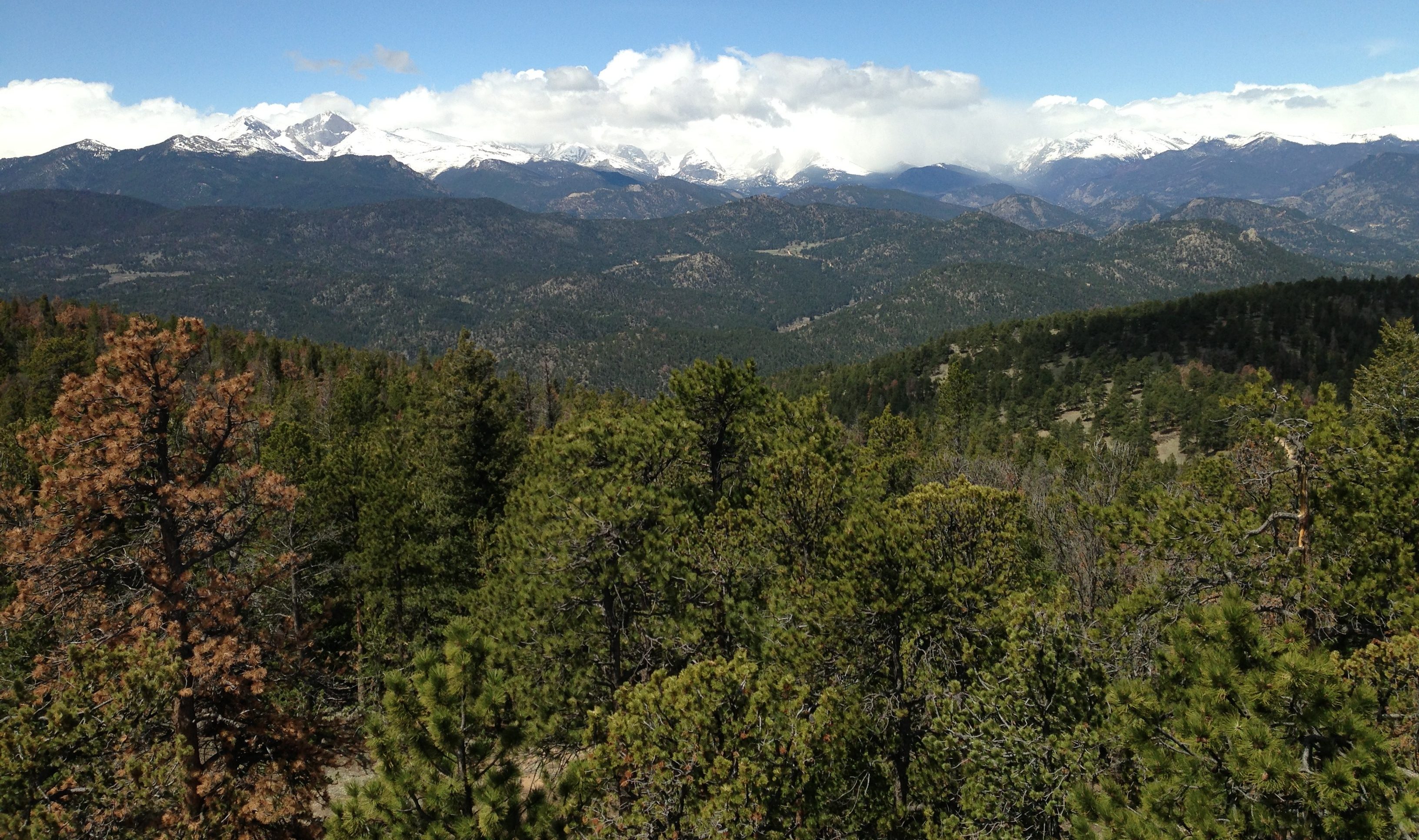Due to deforestation and human land use, about half of today’s tropical forests in Panama are relatively young, regrowing forests, so-called secondary forests. In order to protect and manage these forests, it is important to understand how they cope with increasingly dry and hot conditions resulting from global climate change. From 2015 to 2016, a strong El Nińo event led to a record drought in central Panama – ideal conditions to investigate drought responses of Panamanian tropical forests.
We compared water use of trees in very young (8-10 years), intermediate (25-30 years), and relatively old (more than 80 years) tropical forests in Panama during the record drought of 2015/16. Trees in older forests were little affected by the drought, whereas trees in younger forests showed reductions in water use. We attribute these differences to different rooting depths. The deeper, larger root systems allow older trees to tap into water that is stored deep in the soil whereas younger trees with shallower roots have no access to these reserves.
Our results were recently published in the Journal New Phytologist, accompanied by several press releases:
- Smithsonian Tropical Research Institute
- University of Wyoming
- sciencedaily.com
- New Phytologist
- TVN Televisora National (spanish)
The paper can be downloaded here.





